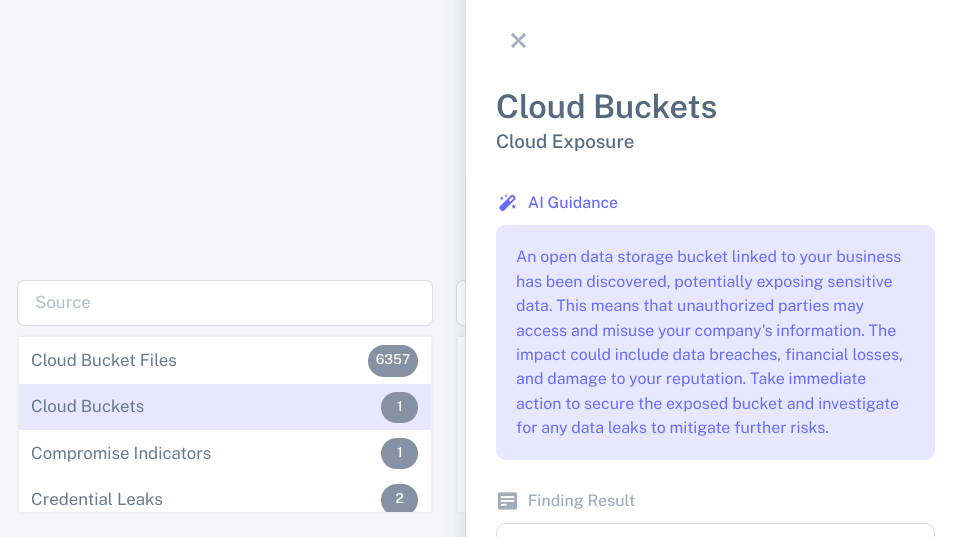Start monitoring today.
Begin monitoring threat intelligence to act before attackers do.
Get Started
2024-11-01 Information Requirements External Exposure
Unauthorized access to usernames and passwords, generally known as credential leaks, can occur through a variety of means such as database intrusions or infiltration on web-based services. The origins of these breaches are varied; they span from extensive data compromises to phishing schemes. The stolen credentials transform into valuable assets within the shadowy realm of cybercrime where frequently their trade takes place in online marketplaces. Cyber criminals primarily utilize the dark web, a segment of the internet not discoverable via conventional search engines, as their central point for these illegal transfers.
Begin monitoring threat intelligence to act before attackers do.
Get Started